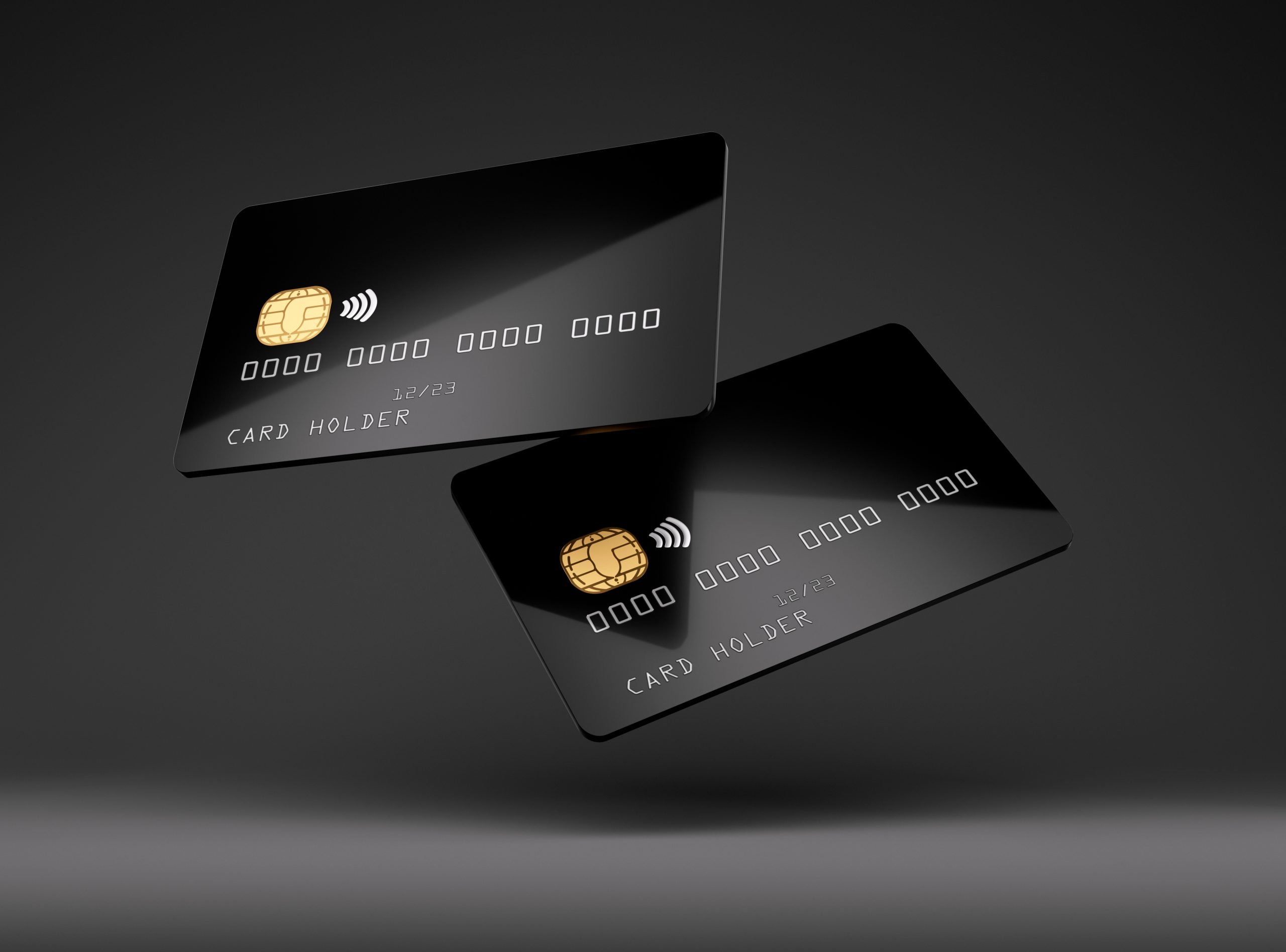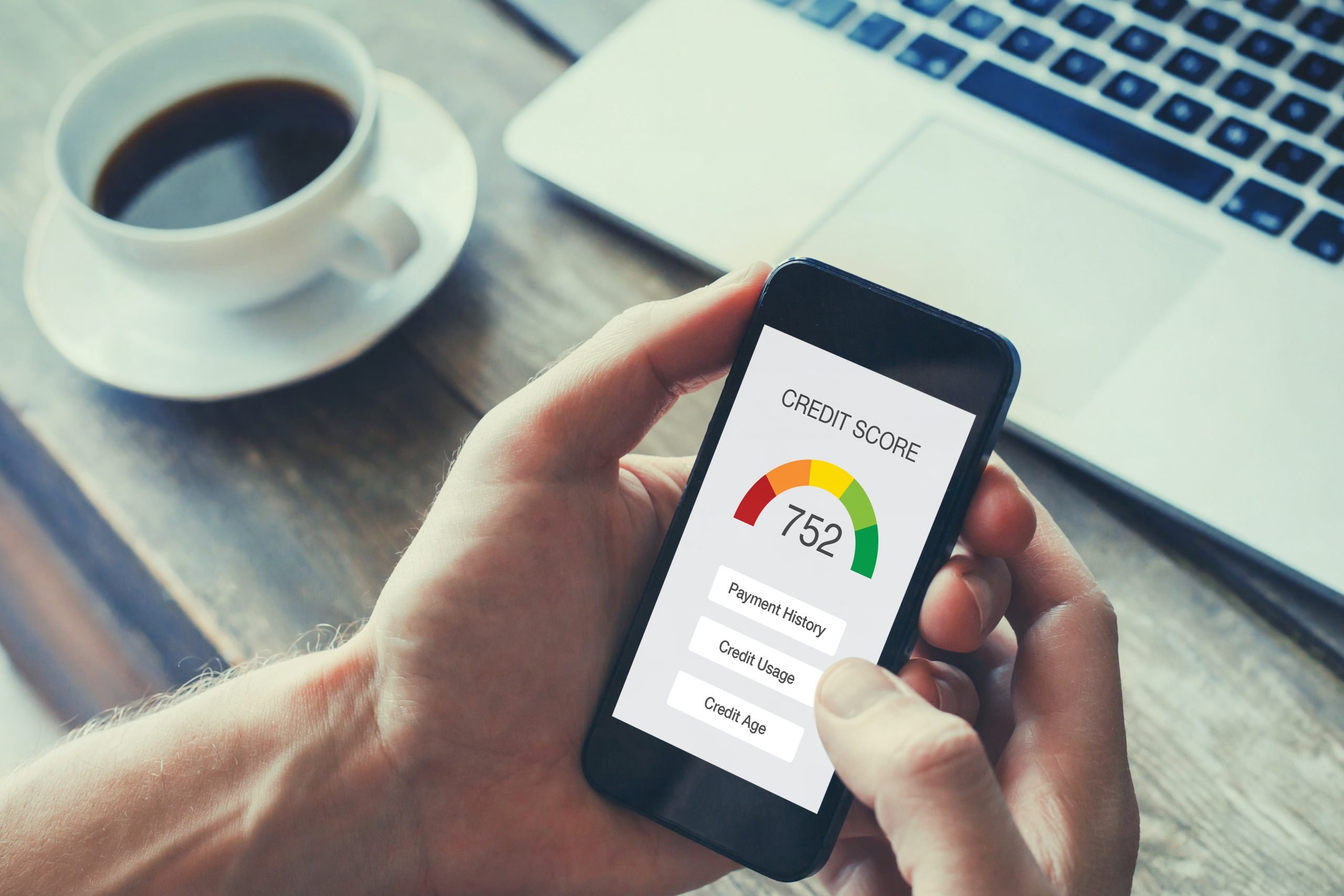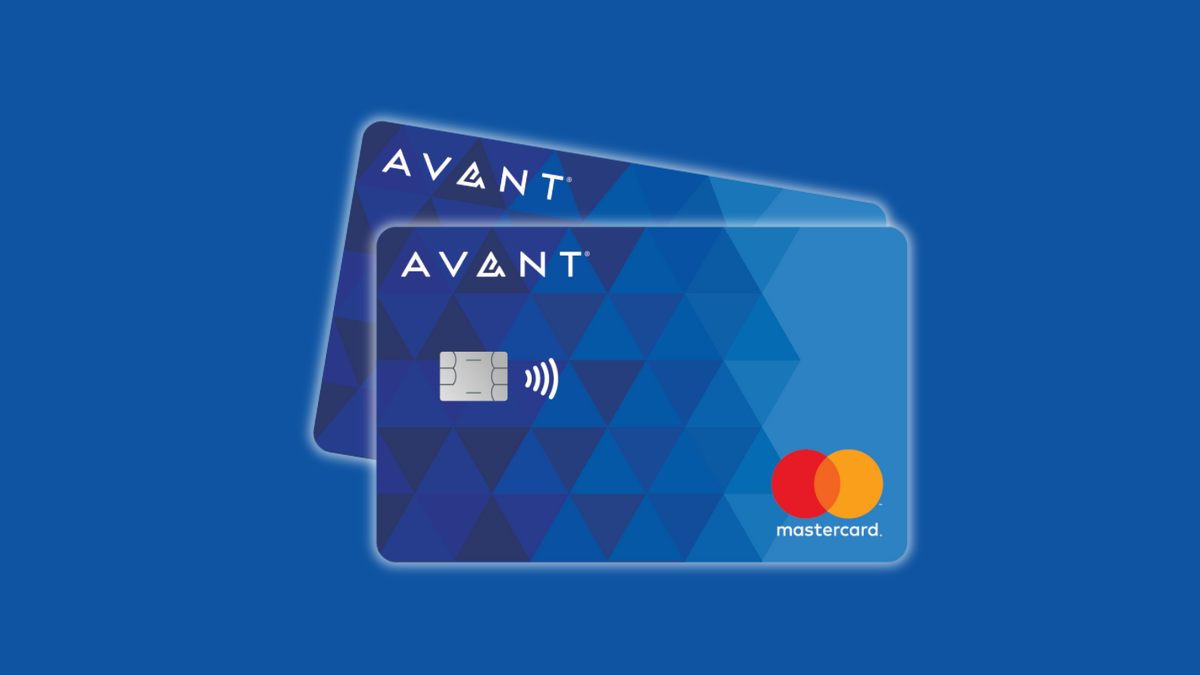Best Credit Cards for Bad or Low Credit — Rebuild & Rise!
Looking to rebuild your credit? Discover the best credit cards for low credit — compare top options. Start your credit journey today!
Loans
Need a Loan? These 5 Lenders Stand Out
Compare the top 5 personal loans and find the one that fits your needs. Borrow up to $100K with these lenders! Read on!
Keep ReadingLoans
Get the Perfect Loan: Fast, Easy, and Affordable
Need extra funds? Learn how to find the best loan with low rates, flexible terms, and quick approval. Make smarter financial moves today!
Keep ReadingCredit Cards
Great news! Based on your selection, we’ve listed the best cards for you below
Explore the top credit cards tailored to your score! Navigate your choices and pick the right card for your financial health and lifestyle!
Keep Reading0% APR Credit Card: Discover the Best Offers Today
Explore 0% APR credit cards – save on interest, manage debt, and make informed financial decisions. Choose wisely!
Trending Topics

What Is an Unsecured Credit Card?
Explore the world of unsecured credit cards and learn "what is an unsecured credit card." Discover the flexibility, benefits, and drawbacks!
Keep Reading
Credit Score: How Does It Work and Why Is It Important?
Want to know how credit score works? Dive into our comprehensive guide for a clear understanding. And discover how to improve yours!
Keep Reading
Avant Credit Card Review: Boost your credit!
Discover the benefits and drawbacks of the Avant Credit Card in this comprehensive review. Uncover the low fees and easy application process!
Keep ReadingTrending Authors
How to Save Money: The Best Tips and Tricks
Learn the best tips on how to save money effectively! Discover smart, easy strategies for maximizing your savings and financial growth.
How to Find a Career You Love: 6 Practical Tips
Learn how to get a fulfilling future with these 6 practical tips to find a career you love. Keep reading to learn more!
Building Credit in the UK: 5 Tips for Improving Your Score
Unlock financial prosperity with our expert guide on "How to Build Credit Score in the UK." Proven tips for a robust credit profile. Read on!
Keep ReadingWhat Is a Good Score in the UK?
Discover what makes a good credit score in the UK. Learn the key numbers and practical tips to boost your financial prospects. Keep reading!
Keep Reading15 Best Secret Websites to Make Money
Don't settle for the ordinary. Find out these secret websites that offer extraordinary opportunities to make money online. Read on!
Keep ReadingMake Money Online: 10 Proven Strategies to Boost Your Earnings
Do you want to make money working online? We reveal 10 secret ways to make money online, from side hustles to full-time ventures. Read on!
Keep ReadingGet the Funds You Need with Ease: Republic Bank Loans review
Need a personal loan? Republic Bank offers unsecured loans with terms up to 180 months. Discover the benefits and drawbacks before you apply.
Keep ReadingTap into Your Home’s Equity: Bank of America HELOC review
If you're considering a Bank of America HELOC, then don't miss our review! Up to $1 million to help you achieve your financial goals!
Keep Reading